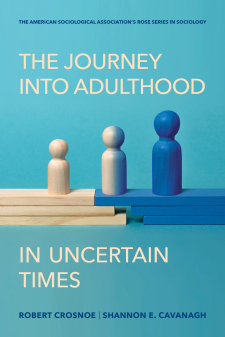Where are the Landlords? Enhancing Choice in the Housing Choice Voucher Program
The Housing Choice Voucher (HCV) Program is HUD’s largest low-income housing subsidy program, aiding 2.2 million households. It provides subsidies for renting units on the private market, with the goal of improving access to stable, affordable housing and neighborhoods that have greater opportunities for upward mobility. However, the program too often fails to provide recipients with meaningful choices in housing and neighborhoods, and many recipients cannot find a landlord who will accept their vouchers. Willing landlords are especially difficult to locate in resource-rich neighborhoods and landlord participation is a key challenge to improving both voucher success rates and neighborhood access.
Public policy scholars Ingrid Gould Ellen and Katherine O’Regan will study the role of landlords in voucher success and access to better neighborhoods. They have three main questions: First, how does voucher landlord concentration vary across housing markets and over time and what factors are associated with changes in landlord concentration? Second, how do landlord choices and voucher market dynamics shape the neighborhoods that voucher holders reach and the neighbors with whom they live? Third, the adoption of Small Area Fair Market Rents (FMRs) by some housing authorities increases the maximum voucher subsidy in high-rent neighborhoods and lowers the maximum subsidy in low-rent neighborhoods. How has this policy affected landlord participation?





